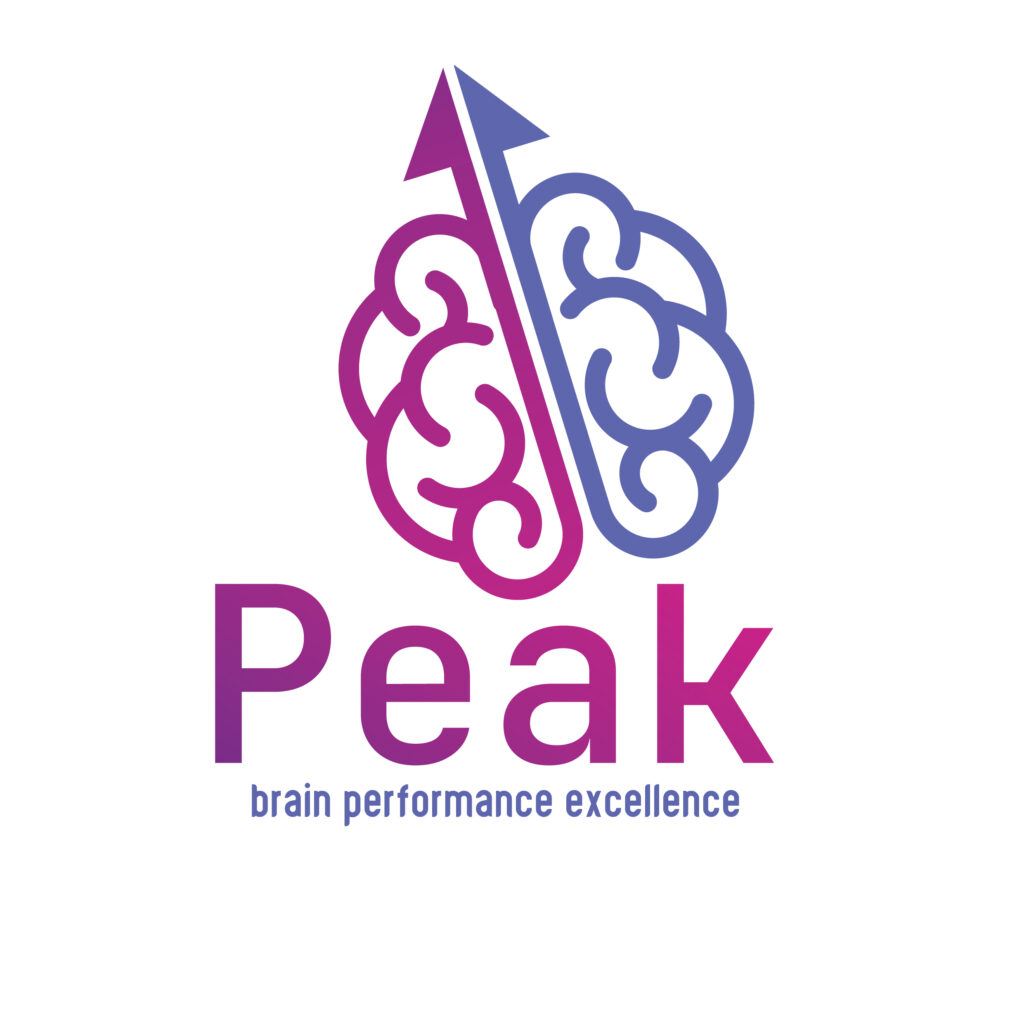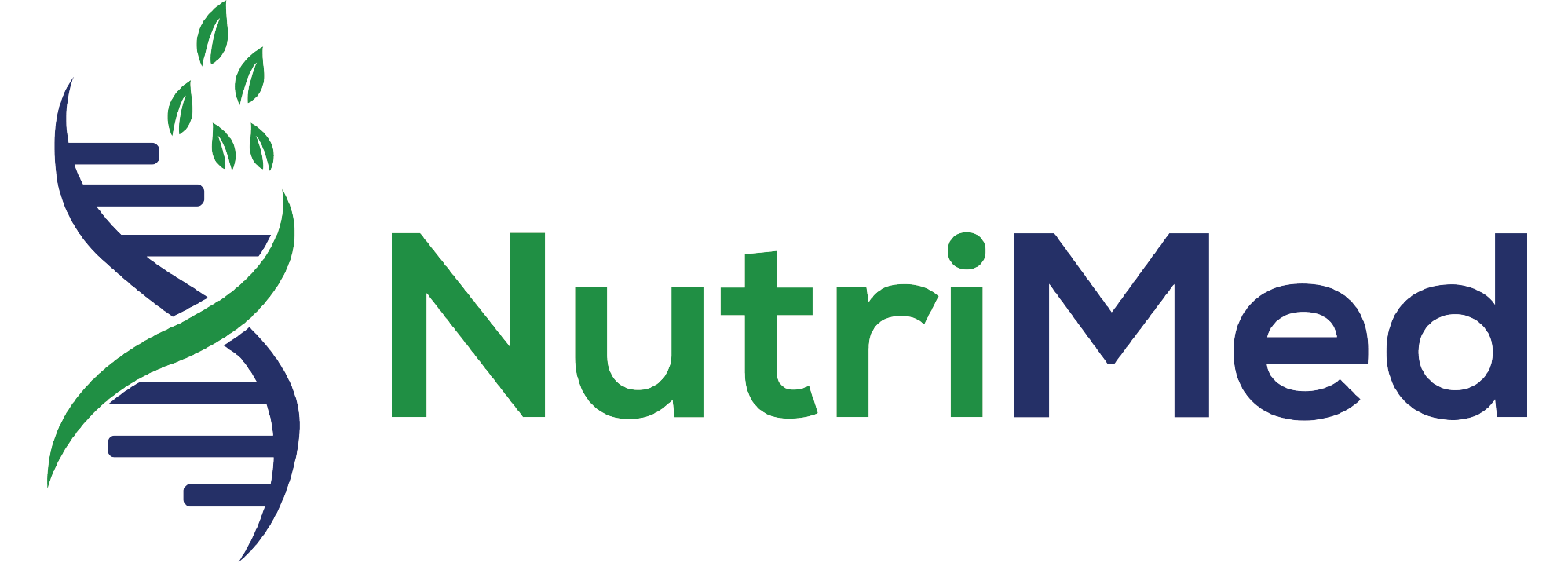Attention Deficit & Hyperactivity Disorder
Attention Deficit & Hyperactivity Disorder
Attention deficit hyperactivity disorder (ADHD) is a mental disorder of the neurodevelopmental type. It is characterized by difficulty paying attention, excessive activity and acting without regards to consequences, which are otherwise not appropriate for a person’s age.
Individuals with ADHD exhibit symptoms based on sub-type:
- Inattentive
- Hyperactive
- Combined
- Classifications (types)
- Symptoms
- Causes
- Treatments
ADHD classifications
1- Hyperactive-impulsive type
Hyperactive-impulsive type act “as if driven by a motor” with little impulse control — moving, squirming, and talking at even the most inappropriate times. They are impulsive, impatient, and interrupt others.
2- Inattentive type (formerly called ADD)
Inattentive type are easily distracted and forgetful. They may be daydreamers who lose track of homework, cell phones, and conversations with regularity. lacks lag in cognitive development and language
3- Combined
display a mixture of all the symptoms outlined above
Symptoms
There are nine symptoms that suggest ADHD– Inattentive and nine that suggest ADHD- Hyperactive/Impulsive. A child may be diagnosed with ADHD only if he or she exhibits at least six of nine symptoms from one of the lists below, and if the symptoms have been noticeable for at least six months in two or more settings — for example, at home and at school.
The symptoms must interfere with the child’s functioning or development, and at least some of the symptoms must have been apparent before age 126. Older teens and adults may need to consistently demonstrate just five of these symptoms in multiple settings
Inattentive Type Symptoms
- Often fails to give close attention to details or makes careless mistakes in schoolwork, at work, or during other activities (e.g., overlooks or misses details, work is inaccurate).
- Often has difficulty sustaining attention in tasks or play activities (e.g., has difficulty remaining focused during lectures, conversations, or lengthy reading).
- Often does not seem to listen when spoken to directly (e.g., mind seems elsewhere, even in the absence of any obvious distraction).
- Often does not follow through on instructions and fails to finish schoolwork, chores, or duties in the workplace (e.g., starts tasks but quickly loses focus and is easily sidetracked).
- Often has difficulty organizing tasks and activities (e.g., difficulty managing sequential tasks; difficulty keeping materials and belongings in order; messy, disorganized work; has poor time management; fails to meet deadlines).
- Often avoids, dislikes, or is reluctant to engage in tasks that require sustained mental effort (e.g., schoolwork or homework; for older adolescents and adults, preparing reports, completing forms, reviewing lengthy papers).
- Often loses things necessary for tasks or activities (e.g., school materials, pencils, books, tools, wallets, keys, paperwork, eyeglasses, mobile telephones).
- Is often easily distracted by extraneous stimuli (for older adolescents and adults, may include unrelated thoughts).
- Is often forgetful in daily activities (e.g., doing chores, running errands; for older adolescents and adults, returning calls, paying bills, keeping appointments).

Hyperactive-impulsive type Symptoms
- Often fidgets with or taps hands or feet or squirms in seat.
- Often leaves seat in situations when remaining seated is expected (e.g., leaves his or her place in the classroom, in the office or other workplace, or in other situations that require remaining in place).
- Often runs about or climbs in situations where it is inappropriate. (Note: In adolescents or adults, may be limited to feeling restless.)
- Often unable to play or engage in leisure activities quietly.
- Is often “on the go,” acting as if “driven by a motor” (e.g., is unable to be or uncomfortable being still for extended time, as in restaurants, meetings; may be experienced by others as being restless or difficult to keep up with).
- Often talks excessively.
- Often blurts out an answer before a question has been completed (e.g., completes people’s sentences; cannot wait for turn in conversation).
- Often has difficulty waiting his or her turn (e.g., while waiting in line).
- Often interrupts or intrudes on others (e.g., butts into conversations, games, or activities; may start using other people’s things without asking or receiving permission; for adolescents and adults, may intrude into or take over what others are doing).”

Causes
While the exact cause of ADHD remains unclear, research suggests that it is influenced by a combination of genetic, environmental, and neurological factors.
1- Genetic Factors
Genetics play a significant role in the development of ADHD. Studies have shown that ADHD tends to run in families, indicating a strong genetic component. It’s estimated that genetics contribute to around 70-80% of ADHD cases. Specific genes related to dopamine regulation, serotonin transport, and brain development have been implicated in ADHD.
2- Neurological Factors
Brain imaging studies have revealed differences in the structure and function of certain brain regions in individuals with ADHD compared to those without the disorder. Areas involved in attention, impulse control, and executive function, such as the prefrontal cortex, basal ganglia, and cerebellum, may exhibit differences in size, activity, or connectivity in individuals with ADHD.
3- Environmental reasons
While genetics play a predominant role, environmental factors can also influence the development of ADHD. These factors include prenatal exposure to toxins (e.g., alcohol, tobacco, lead), maternal stress during pregnancy, low birth weight, premature birth, and early childhood exposure to environmental toxins or trauma. Additionally, factors such as parenting style, family dynamics, socioeconomic status, and educational opportunities can affect the manifestation and severity of ADHD symptoms.
4- Other Factors
Other factors that may contribute to ADHD include disruptions in early brain development, such as brain injuries, infections, or exposure to certain medications during critical periods of fetal development. Furthermore, some research suggests that dietary factors, such as food additives or deficiencies in certain nutrients, may exacerbate ADHD symptoms in some individuals, although more studies are needed to establish clear causality.
In conclusion, ADHD is a multifactorial disorder with genetic, neurological, and environmental influences. Understanding these various factors can help healthcare professionals tailor treatment approaches and interventions to address the unique needs of individuals with ADHD.
Treatments
While there is no cure for Attention Deficit Hyperactivity Disorder (ADHD), effective treatment strategies can help individuals manage symptoms and improve their quality of life. Treatment plans typically involve a combination of medication, therapy, education, support, and sometimes complementary approaches.
Medication
Medication is often a cornerstone of ADHD treatment, particularly for managing symptoms such as inattention, hyperactivity, and impulsivity. Stimulant medications, such as methylphenidate (e.g., Ritalin, Concerta) and amphetamine-based drugs (e.g., Adderall, Vyvanse), are commonly prescribed and work by increasing levels of neurotransmitters like dopamine and norepinephrine in the brain. Non-stimulant medications, such as atomoxetine (Strattera) and certain antidepressants, may also be prescribed, especially for individuals who don’t respond well to stimulants or have co-existing conditions.

Dietary Supplements
Some individuals with ADHD may explore the use of dietary supplements as part of their treatment regimen. While research on the effectiveness of dietary supplements for ADHD is mixed, some supplements, such as omega-3 fatty acids, zinc, iron, and magnesium, have been studied for their potential benefits. It’s essential to consult with a healthcare professional before starting any supplement regimen, as they can provide guidance on safety, dosing, and potential interactions with other medications.

Behavioral Therapy
Behavioral therapy aims to teach individuals with ADHD specific strategies and skills to manage their symptoms and improve functioning in various areas of life, including home, school, and work. Techniques may include behavior modification, organizational skills training, time management strategies, and social skills training. Behavioral therapy can be particularly beneficial for children and adolescents with ADHD, but it can also be effective for adults.

Neurofeedback
Neurofeedback, also known as EEG biofeedback, is a non-invasive technique that aims to train individuals to regulate their brainwave patterns. During neurofeedback sessions, individuals receive real-time feedback on their brainwave activity and learn to modify their brainwave patterns through rewards and reinforcement. While some studies suggest that neurofeedback may help improve ADHD symptoms, more research is needed to determine its long-term effectiveness and appropriate use as a treatment for ADHD.

Parent Training
Parent training programs provide parents with education, support, and practical strategies for managing their child’s ADHD symptoms. These programs teach parents how to set clear and consistent rules, establish routines, use positive reinforcement techniques, and effectively manage challenging behaviors. Parent training can empower parents and improve family dynamics, leading to better outcomes for children with ADHD.

Educational Support
Children and adolescents with ADHD may require additional educational support to succeed academically. This may include accommodations in the classroom, such as extended time on tests, preferential seating, or access to assistive technology. Individualized Education Plans (IEPs) or Section 504 plans can help ensure that students with ADHD receive the appropriate support and accommodations to thrive in school.

Effective management of ADHD often requires a comprehensive approach that addresses the biological, psychological, and social aspects of the disorder. By combining medication, therapy, education, support, and complementary approaches like dietary supplements and neurofeedback, individuals with ADHD can develop the skills and strategies they need to lead fulfilling and productive lives.
